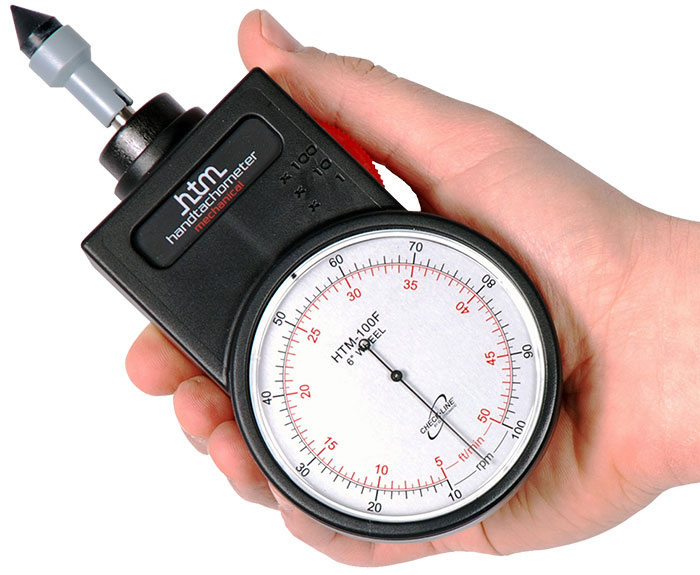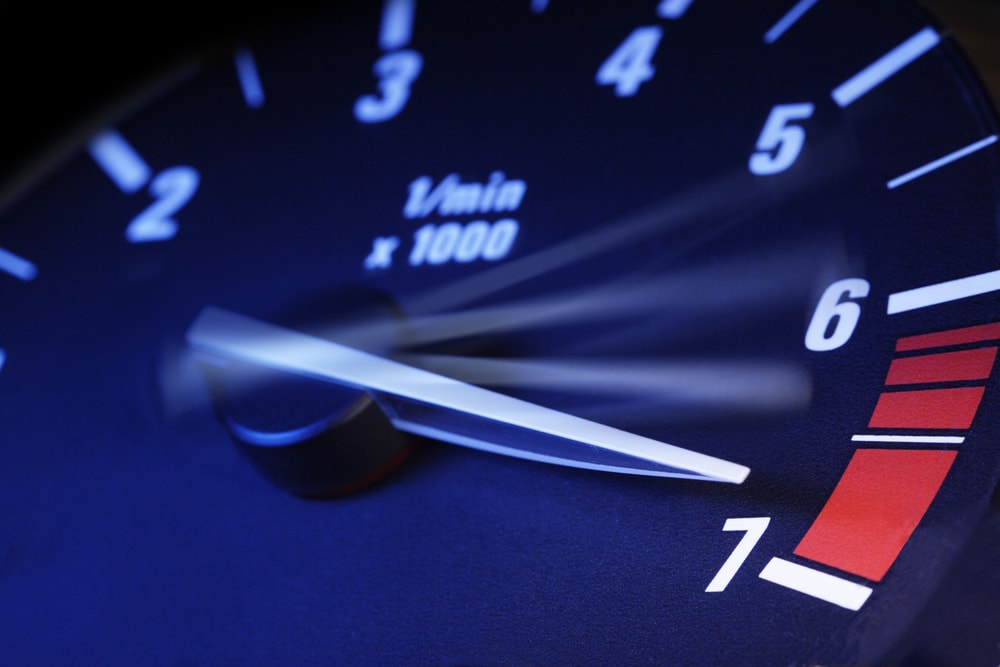Comprehensive Overview to Understanding and Using a Tachometer Successfully
Comprehensive Overview to Understanding and Using a Tachometer Successfully
Blog Article
The Importance of a Tachometer in Checking Engine Rate and Performance in Automotive Applications
In the world of auto engineering, the tachometer stands as an essential tool in the chauffeur's arsenal, offering a direct window right into the internal functions of an automobile's engine. Past its feature as a plain scale of changes per min (RPM), the tachometer offers as a vital device for fanatics and experts alike, using real-time understandings into engine performance and health and wellness.
Significance of Keeping An Eye On Engine RPM
Keeping track of engine RPM, or changes per min, is a crucial aspect of vehicle maintenance and efficiency assessment. Engine RPM straight correlates with the rate at which the engine's crankshaft turns, indicating exactly how quickly the engine is running.
Moreover, monitoring engine RPM is vital for efficiency evaluation in racing and high-performance lorries. In summary, keeping track of engine RPM is not just essential for spotting problems yet additionally for optimizing engine performance in different vehicle applications.

Benefits of Real-Time Data
In vehicle applications, real-time information plays a crucial role in providing instant understandings right into the efficiency and problem of the automobile. By continually checking numerous criteria such as engine rate, temperature level, gas usage, and a lot more, real-time information provides various benefits that contribute to enhanced efficiency and safety when driving.
One substantial benefit of real-time information is its capability to alert chauffeurs and specialists to any abnormalities or concerns immediately. This positive method enables fast recognition of prospective problems, permitting prompt interventions to avoid further damages or malfunctions. Furthermore, real-time data promotes efficiency optimization by offering prompt comments on driving practices and engine efficiency. Vehicle drivers can change their behavior in real-time based upon this information to attain much better fuel economic situation and extend the lifespan of their automobile.

Additionally, real-time data plays a crucial role in contemporary auto diagnostics, allowing professionals to rapidly detect and address malfunctions. This brings about reduced downtime, lower upkeep costs, and eventually, enhanced general automobile integrity and durability (tachometer). By utilizing the power of real-time information, vehicle stakeholders can make informed decisions that favorably influence both the performance and longevity of the automobile
Effect On Gear Shifts
The tachometer plays a critical duty in maximizing equipment changes by supplying real-time engine speed data to the chauffeur. When approaching the redline on the tachometer, it signals the driver to upshift to protect against over-revving the engine and creating possible damages.
Furthermore, the tachometer aids in attaining smoother equipment shifts, especially in manual transmissions. By keeping track of engine speed, vehicle drivers can implement equipment shifts at the optimum RPM array, minimizing jerking motions and decreasing endure the transmission components. This accuracy in equipment modifications not only boosts driving comfort but additionally adds to fuel performance.
Enhancing Fuel Efficiency
Offered the important function the my sources tachometer plays in optimizing equipment shifts for efficiency and engine health and wellness, it straight adds to optimizing fuel performance in vehicle applications. By offering real-time responses on engine speed, the tachometer aids motorists in maintaining one of the most efficient RPM array for fuel economic situation. When motorists consistently check the tachometer and change their motoring practices as necessary, they can these details avoid unneeded gas usage brought on by over-revving or carrying the engine.
In addition, the tachometer helps motorists identify the most fuel-efficient equipment to be in at any provided minute, preventing the engine from functioning tougher than essential. This is specifically important during velocity and cruising, where being in the appropriate gear can significantly affect gas efficiency. Furthermore, the tachometer can signal chauffeurs to prospective mechanical concerns that could be negatively impacting gas economic situation, such as a sliding clutch or a blocked air filter. In final thought, the tachometer functions as a beneficial tool in enhancing fuel effectiveness by advertising optimum driving behaviors and identifying areas for improvement in the automobile's performance.

Making Best Use Of Engine Long Life
The tachometer's duty in checking engine rate and performance contributes in ensuring the long life of vehicle engines. By using the tachometer efficiently, drivers can maximize engine durability through conscious RPM monitoring. Regularly revving an engine too expensive can lead to too much deterioration on critical parts, such as the pistons, shutoffs, and bearings. Over time, this can cause reduced engine performance and possible malfunctions. Checking the tachometer enables drivers to remain within the recommended RPM array for their automobile, preventing unneeded strain on the engine and expanding its life expectancy.

Final Thought
To conclude, the tachometer plays a critical function in monitoring engine rate and performance in vehicle applications. By providing real-time information on RPM, it allows for effective gear shifts, boosted fuel performance, and optimized engine longevity. This device is essential for preserving optimum engine you can try here performance and making certain the overall performance of a vehicle.
Report this page